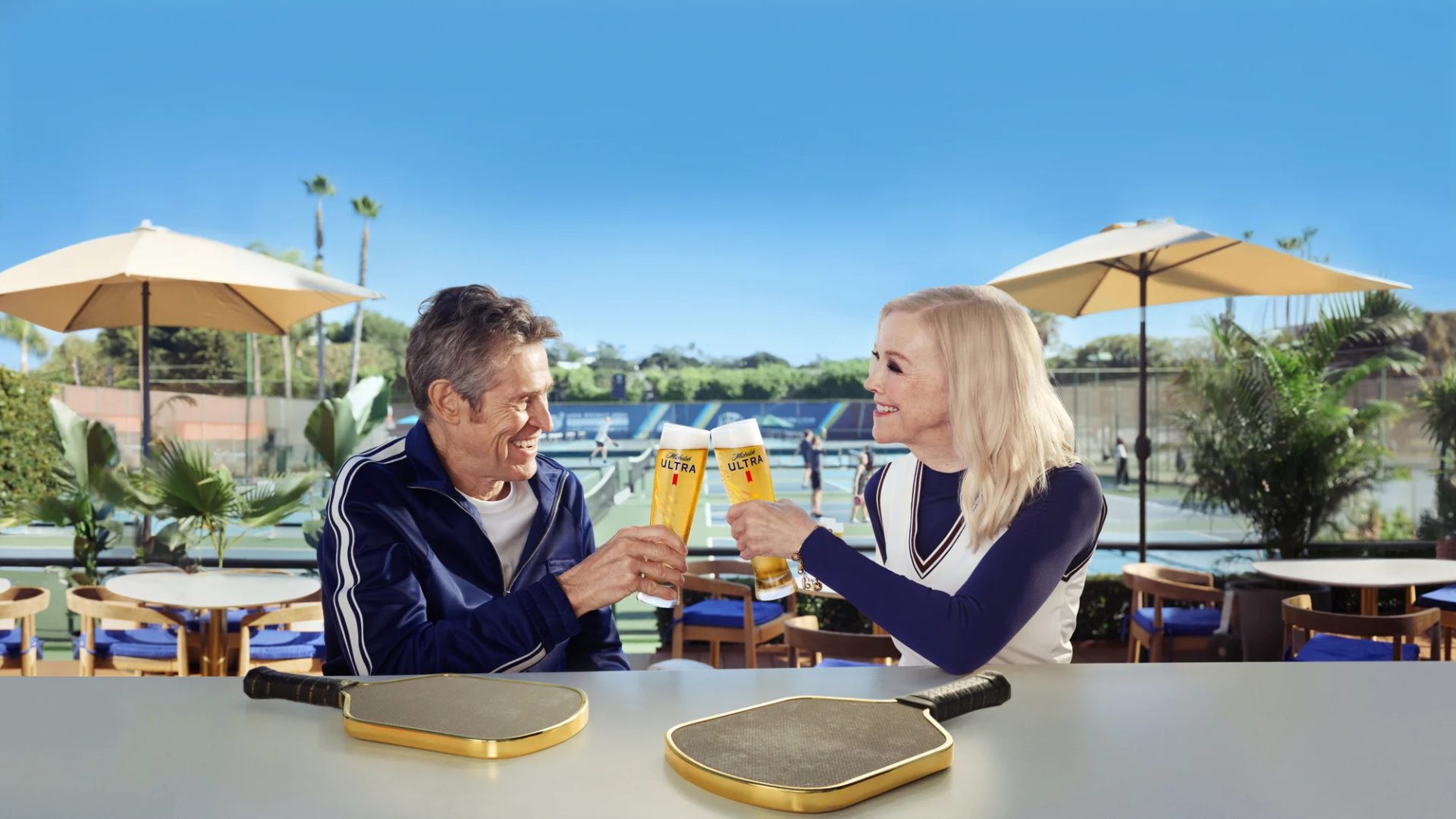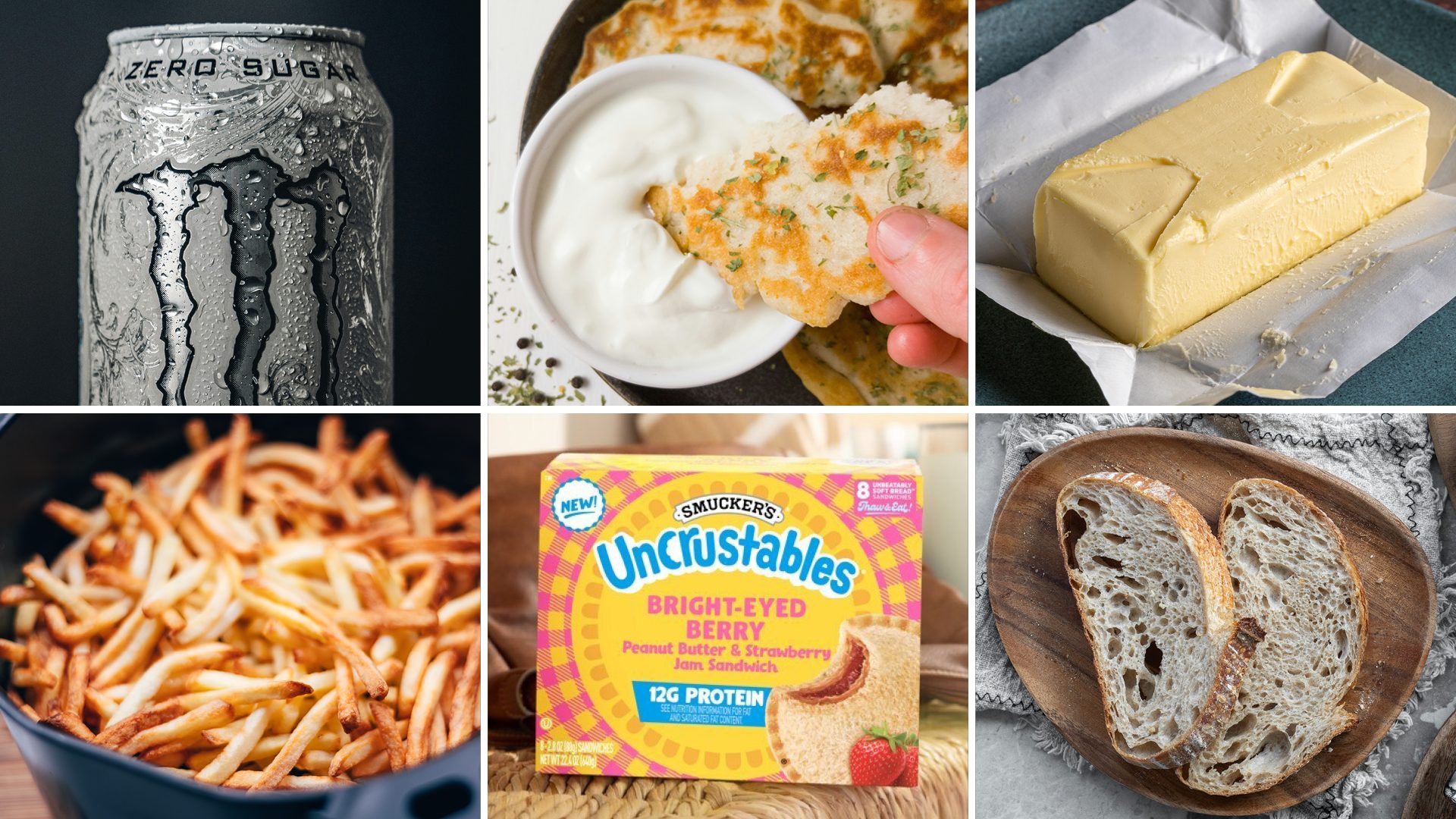According to a Statista report, the global revenue of energy and sports drinks reached approximately $159 billion in 2021 and is estimated to increase to $233 billion by 2027.
While the U.S. largely dominates the energy drink market, the Latin American market segment has experienced significant growth in recent years and is expected to reach approximately $8.4 billion by the end of this year.
At 2023’s outset, the sales volume of sports and energy drinks in Mexico amounted to approximately 33 million liters, Statista noted. The region’s most popular brands in the category include: Red Bull, Monster Energy, and Rock Star. Red Bull reported a global revenue of nearly $10.9 billion in 2022 alone.
Despite these brands being known for containing caffeine, taurine, and sugar as their main ingredients, a new wave of no-sugar, low-calorie, and natural ingredient energy drinks is emerging. Companies are attempting to fulfill consumers’ growing demand for healthier options.
An evolving market
Throughout Latin America, you can find a diverse range of energy drinks. The market seeks energy drinks with low or no caffeine, as well as sugar-free options with no artificial additives.
To meet consumers’ evolving demand, companies like Red Bull, Monster, and Coca-Cola are innovating by reducing the amount of sugar, caffeine, and taurine in their products. New beverages are tapping into Latin America’s desire for natural products to provide the same benefits as caffeine or taurine, but in a healthier form. That’s the case of OCA, a plant-based energy drink powered by tapioca, an extract from the cassava root that taps into the richness of the region’s flavors and culture.
FI Latam recently interviewed Reinaldo Padua, OCA’s chief brand officer, to analyze the Latin American energy drink market.
What are the biggest challenges of the Latin American market?
Reinaldo: Even though energy drinks are one of the fastest-growing categories in the industry, one significant challenge involves the competition from substitute products. The growing need for energy among consumers has been satisfied by an increasing number of offerings from categories other than energy drinks, including: sports drinks, juices, RTD tea, etc; these products have included energy ingredients, giving consumers more alternatives to consider when they need a boost of energy.
Another important challenge is the negative perception and concerns surrounding traditional energy drinks. Concerns are mainly around the quality and naturalness of ingredients and the jitters and crash experienced with these products.
Addressing these challenges involves bringing products that truly deliver a healthier alternative, but also changing the generalized perception about the category.
How are you trying to differentiate your products?
Reinaldo: Unlike other energy drinks on the market that contain artificial ingredients, calories, and sugar, a combination that results in the crash and jittery effect, OCA offers consumers a unique, tasty solution to increase energy while also honoring the body with a more natural solution.
OCA is an organic plant-based energy drink, powered by tapioca, an extract from the cassava root and naturally caffeinated with green coffee extract, which provides a long-lasting energy boost without the crash or jitters. OCA has certifications that validate our brand proposition: USDA Organic, Non-GMO, NSF for Sports and Kosher.
What strategies have you taken to make OCA appealing to Latin American consumers?
Reinaldo: OCA breaks the consumption barriers of traditional energy drinks. We stand out as the “better for you” energy drink in the market. We are present in most Latin American countries, we are the first natural energy drink with no jitter and no crash, which sets us apart as a unique offer in the market.
Moreover, our availability in modern trade, gyms, and convenience stores across the region ensures easy access for our consumers. Offering a range of distinct flavors different from the standards available in the category helps us capture the attention and diverse preferences of Latin American consumers.
How are you setting your brand up for long-term success?
Reinaldo: First, we remain dedicated to closely listening to (customers’) requirements and energy drink consumption barriers. This enables us to develop product line extensions that become the ideal solution for their energy demands throughout the day, with natural ingredients.
We’re committed to offering energy levels that precisely fit (consumers’) daily needs, adapting to each key moment and situation, such as night consumption, exercise, etc. We’re also very focused on our approach to continue to grow our global footprint.










